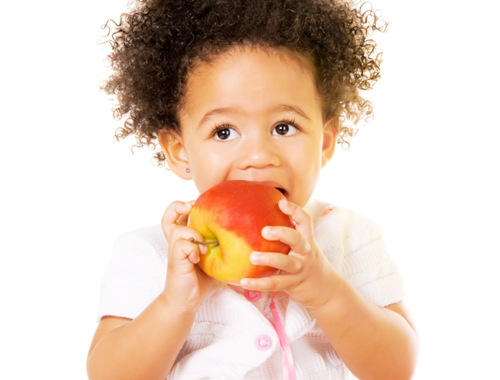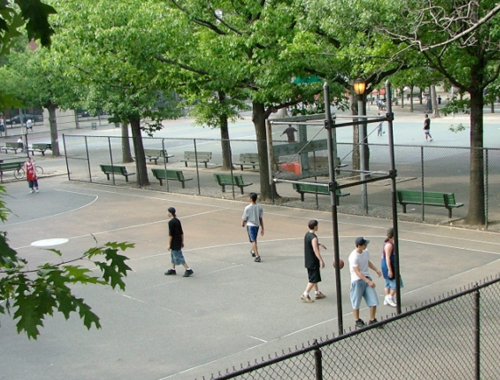Chapter 10. Children Are the Poorest Americans: A Look at Poverty in the United States
10.1 Synopsis
Welcome
Children Are the Poorest Americans: A Look at Poverty in the United States
Featuring an interactive map and recent census data, this activity examines U.S. poverty rates by state and age group.
Click the 'Get Started' button below to start this activity

10.2 Children Are the Poorest Americans: A Look at Poverty in the United States
Children Are the Poorest Americans: A Look at Poverty in the United States
It probably comes as no surprise that the rate of poverty is twice as high in some states as in others. What is surprising is how much the rates vary among age groups within the same state.
Click on each state to see how many people in each age group (under 18, 18–64, and 65 and over) are living below the poverty line. (In 2014, the U.S. Health and Human Services’ poverty guideline for a family of four in the 48 contiguous states and the District of Columbia is $23,850. Alaska’s is $29,820, and Hawaii’s is $27,430.)
Click on each state to see how many people in each age group are living below the poverty line.

10.3 Children Are the Poorest Americans: A Look at Poverty in the United States
Children Are the Poorest Americans: A Look at Poverty in the United States

Question 10.1 Poverty in the United States
qkJxEMXPDQ5Ypc4PnV3f7ADj4jDnuxbTJdpvKrDc/ie/hZWrHi9cCP1ddYMsRyHknQqNbMG8NnXCokwJGoqr592uXR0pGgITejsfpklaV9iqftHdX7GgbYCR7fyCoMiO7nfU+pfTeXPAWPRgdcmJGp5eyfjSndvOQqroDgDA8kEyqHHVfwdWgA631grbJjsQ35GKbiUxf3sQTAHwEMbiFMGcyeqrzxI8qJmJvpD8YXbub4QkOzNkiIcag7pBbGtjzddhA13P6C00eDTW4Uo0JqReFj3syjT60Fina8vNuRZ4oZnUulMh/AxxyVwL0OPP8moBHFEU7TUZy6w4J7BT09yjaUgCupY5IaFwvzs9vS+ijYxLpBjYJ8+NLgBCcKnm+7NpxjkFQSL4N1iTdnUpTQ==10.4 Activity Completed!
Congratulations! You have completed this activity.
REFERENCES
U.S. Census Bureau. (2013b). 2009–2013 American Community Survey 5-year estimates: Poverty. Washington, DC: U.S. Department of Commerce, United States Census Bureau.